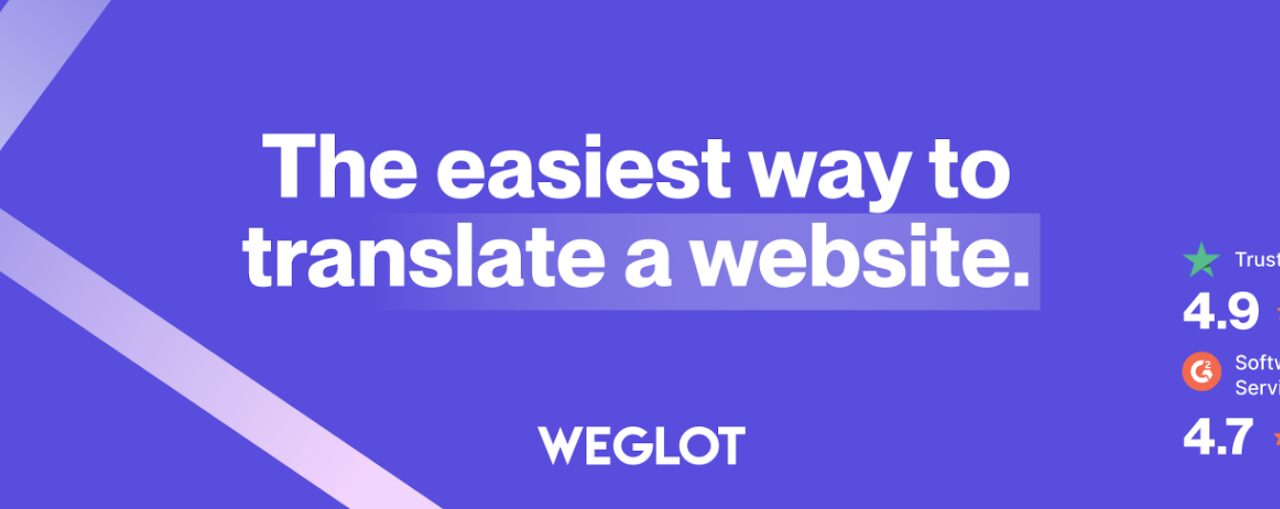WordPress is a global platform with users in every corner of the world. And because of that, translations have been a hot topic for years. Translating your site makes it more accessible and opens it up to entirely new audiences.
However, a new in-depth study by the WordPress Performance Team indicates that translations could slow your site down. Testing showed that localized websites, or websites that are tailored to specific target audiences and languages in different regions, can load up to 50 percent slower than non-localized sites.
According to WordPress Contributor Pascal Birchler, “In addition to core itself, each plugin and theme has its own translation file, which has to be loaded and parsed on every request. Loading and parsing all these translation files is an expensive task.”
The blog post goes on to discuss a number of ways to speed up sites with translations. One option is to use a different file format. When downloading translation packs from translate.worpress.org, they are in .mo file format. Converting them to .php may help speed up your site. To do this you’ll have to use an external tool like GlotPress.
Another option is to cache the translations on a disk or database, this will definitely free up space on your site. This isn’t the most realistic option for most people because it requires disk or database space.
A third way to speed up your site is to use the gettext PHP extension. Because the extension is not as commonly available, most sites are using the built-in .mo parser. Installing gettext has shown significant performance improvements.
The blog went on to detail three more solutions, though all require developer experience.
Suffice to say, the conversation around translations in WordPress is taking on a language of its own. While there have been no decisions made about how the Performance Team will move forward to fix the issue, they are collecting feedback, which you can submit here starting Aug. 6.
The fourth phase of Gutenberg, is slated to include Core implementation for multilingual sites, but because we are just ending Phase 2, that could take some time.
Because this is such an important issue to the community, we’ve provided a few additional ways you can continue to translate your site without slowing it down.
Why You Want Translations on Your Site
As we stated above, WordPress is an increasingly global CMS. Just last year alone, there were WordPress community events in every continent. Only displaying information in English automatically excludes a huge part of the population, not to mention large segments of the WordPress community.
An English-only site could limit new contributors and users, and it might prevent potential customers from finding you. On the other hand, enabling translations can set you apart from your competitors. If a customer can read a product description in their preferred language, they’re more likely to engage with it.
Finally, translations give you more search engine visibility, automatically increasing your SEO. Different languages can present unique keyword opportunities and search patterns. By conducting keyword research in each target language, you can optimize your content for those specific search terms and rank higher in local search results.
Translations also make it possible to receive backlinks from other websites in those languages, expanding your reach. You also have the opportunity to localize your content to different regions.
Translation Plugins
If you’re still looking to translate your website, using a plugin can be a great way to do just that without slowing down your site.
While there are a wide array of choices when it comes to translation plugins, they ultimately break out into two categories: automatic and manual.
Automatic translation plugins will, as the name indicates, automatically translate everything to your visitor’s preferred language. These plugins are less time intensive but can be less accurate.
Manual plugins require you to manually translate all your content. Though this can be incredibly time consuming, you are less likely to make errors.
All of them will allow users of all languages to enjoy your content. Here are five of our favorites:
Weglot
Weglot is incredibly easy to set up and has a big focus on SEO. It automatically translates all content on your site and updates in real time so you don’t have to continue updating anytime you add an article, though you can edit translations when you need to.
It detects your visitor’s preferred language through your browser and displays that language. If for some reason they want to view another language, the convenient Language Switcher allows for quick and easy language changes.
TranslatePress
TranslatePress supports both manual and automatic translating, integrating with Google Translate for machine translations and is compatible with various themes and plugins, including certain page builders and WooCommerce.
A nice plus with this plugin is you can translate metadata, URLs, and create separate sitemaps for each language. The free version allows you to translate your site into one language though the premium version has support for unlimited languages.
GTranslate
GTranslate uses Google Translate to automatically translate your website content into multiple languages. The plugin uses a cloud-based approach keeping your website light and focuses on SEO. Like Weglot, it also offers a customizable language switcher which can be added as a widget, shortcode, or menu item.
There is both a free and premium version but unlike most premium plugins, it uses a monthly subscription rather than a yearly license.
WPML
WPML or The WordPress Multilingual Plugin is the only one on the list that doesn’t offer a free version, but it is incredibly powerful. The plugin supports manual translations but also integration with professional translation services, giving you options.
It supports translating custom post types, custom fields, menus and widgets. And of course it is incredibly SEO friendly, allowing you to translate your metadata, permalinks, and more. As we mentioned, WPML isn’t free but it’s a full-featured option.
Polylang
Polylang is a manual language translation plugin. You can translate in as many languages as you want, use a different domain per language, and the ability to language switch via widget.
The plugin also allows you to translate custom taxonomies, sticky posts, RSS feeds, custom post types, and more.
Conclusion
Translating your site opens you up to a wide range of new users. While the WordPress Performance Team works on ways to speed up local translations, these plugins will keep you going. Make your site more accessible, enhance your SEO, and reach people you wouldn’t have otherwise.
Whether you choose manual or automatic translations, your future fans from across the globe will thank you.



![How to Start an Online Business in 5 Steps – A Beginner’s Guide [2019]](https://wordpresswebsitesupport.com/wp-content/uploads/2019/05/1949/how-to-start-an-online-business-in-5-steps-a-beginners-guide-2019-440x264.jpg)







